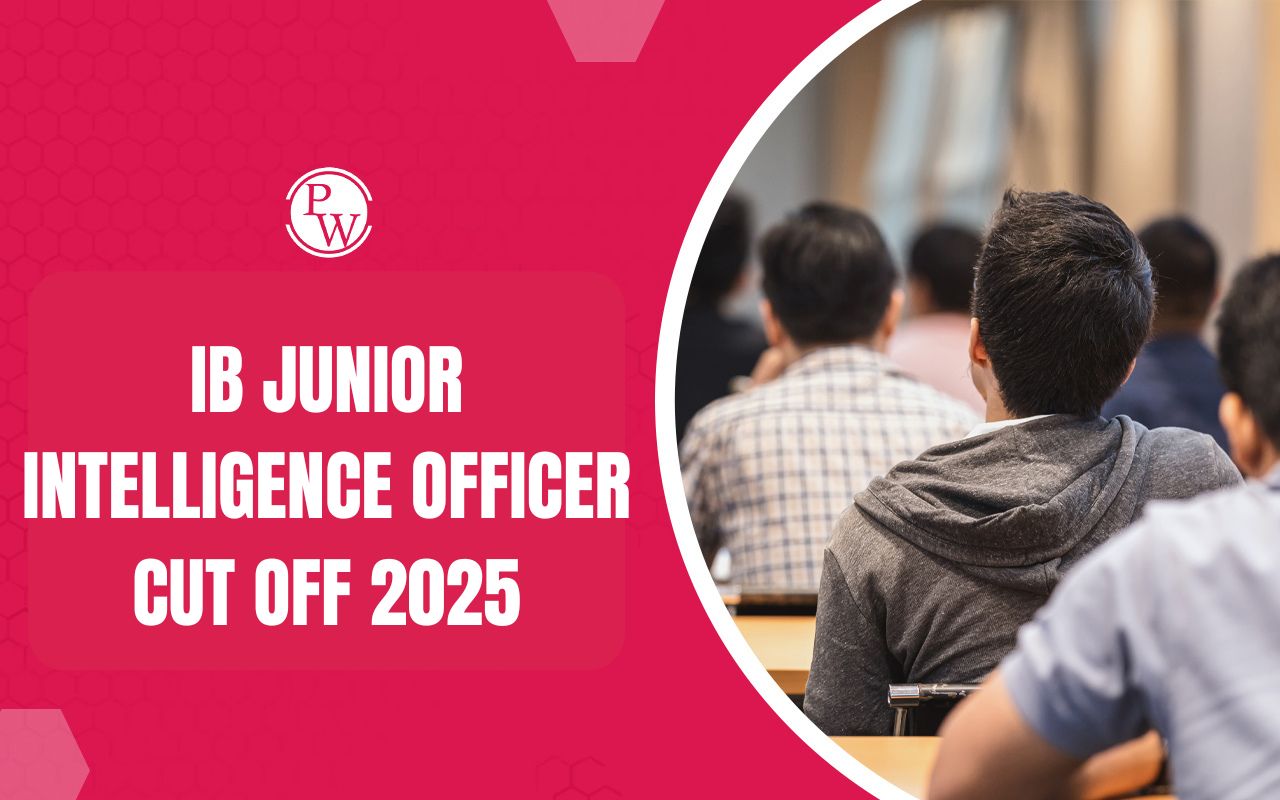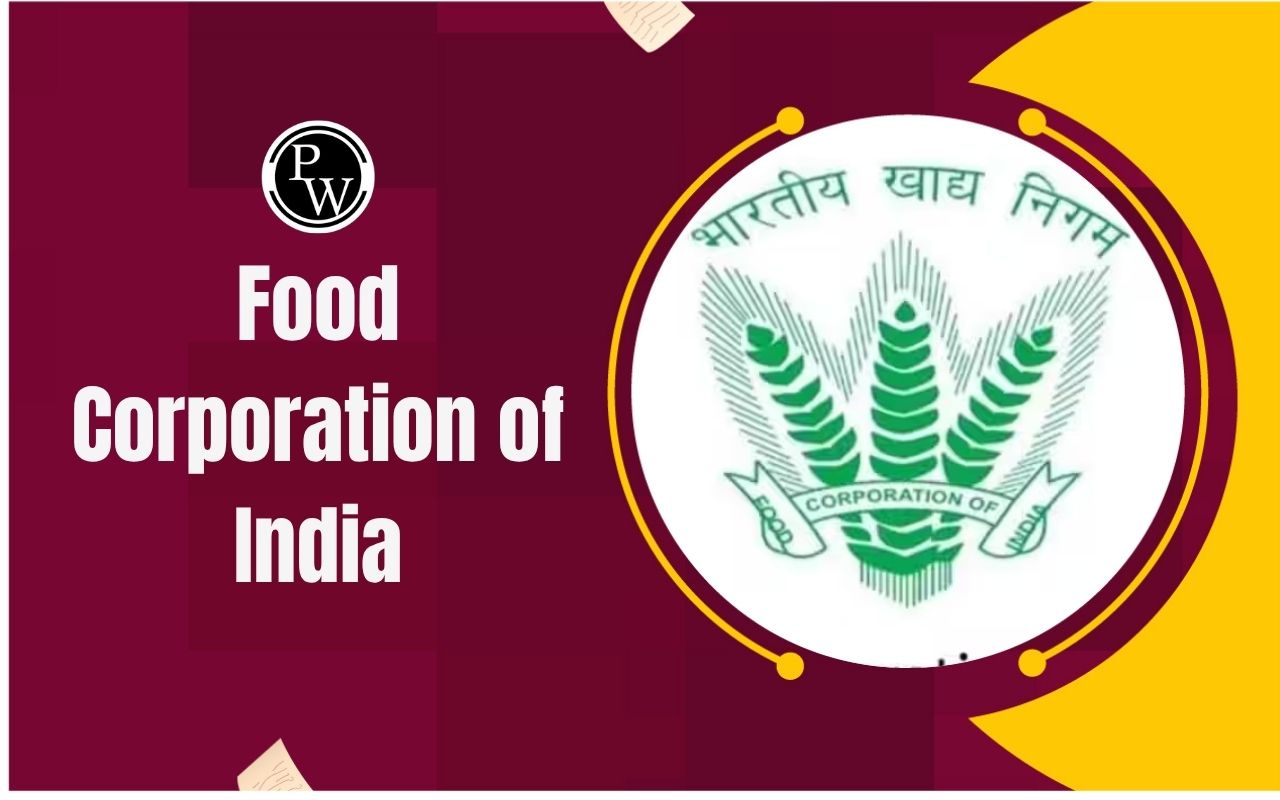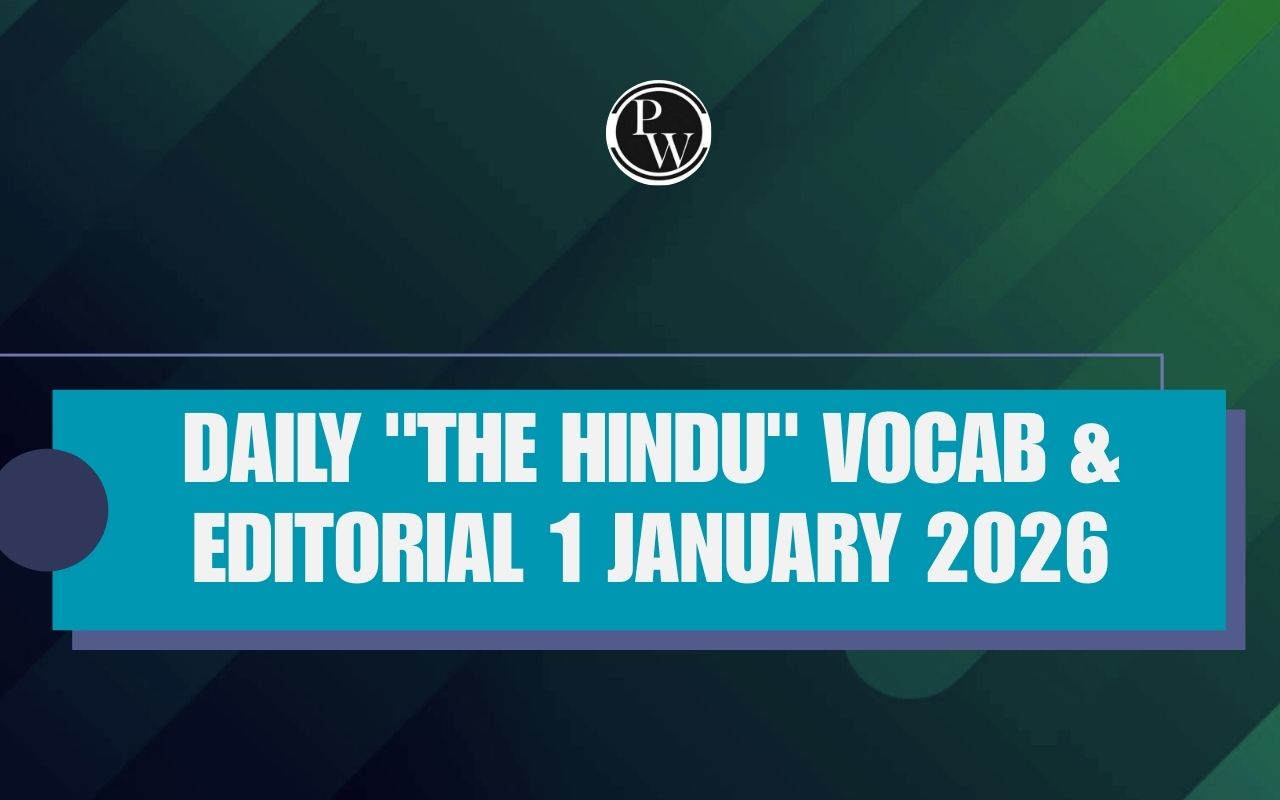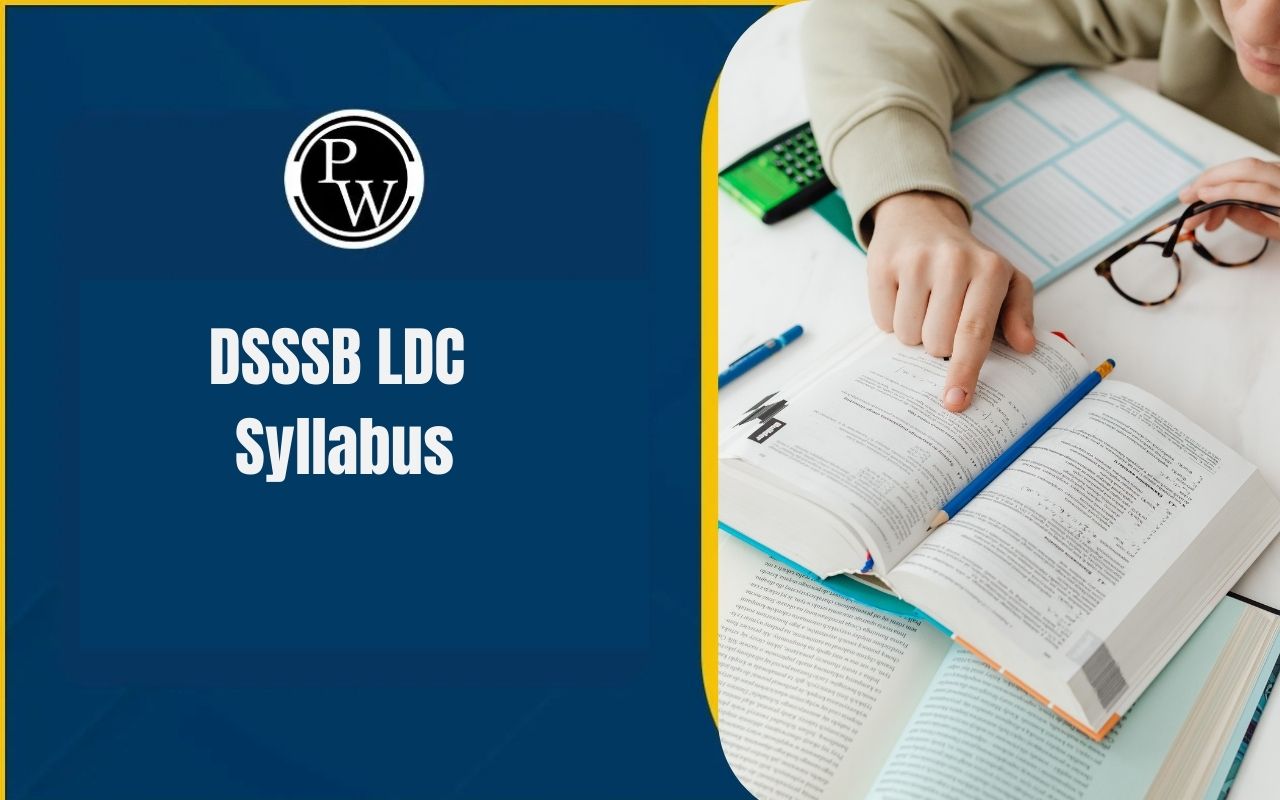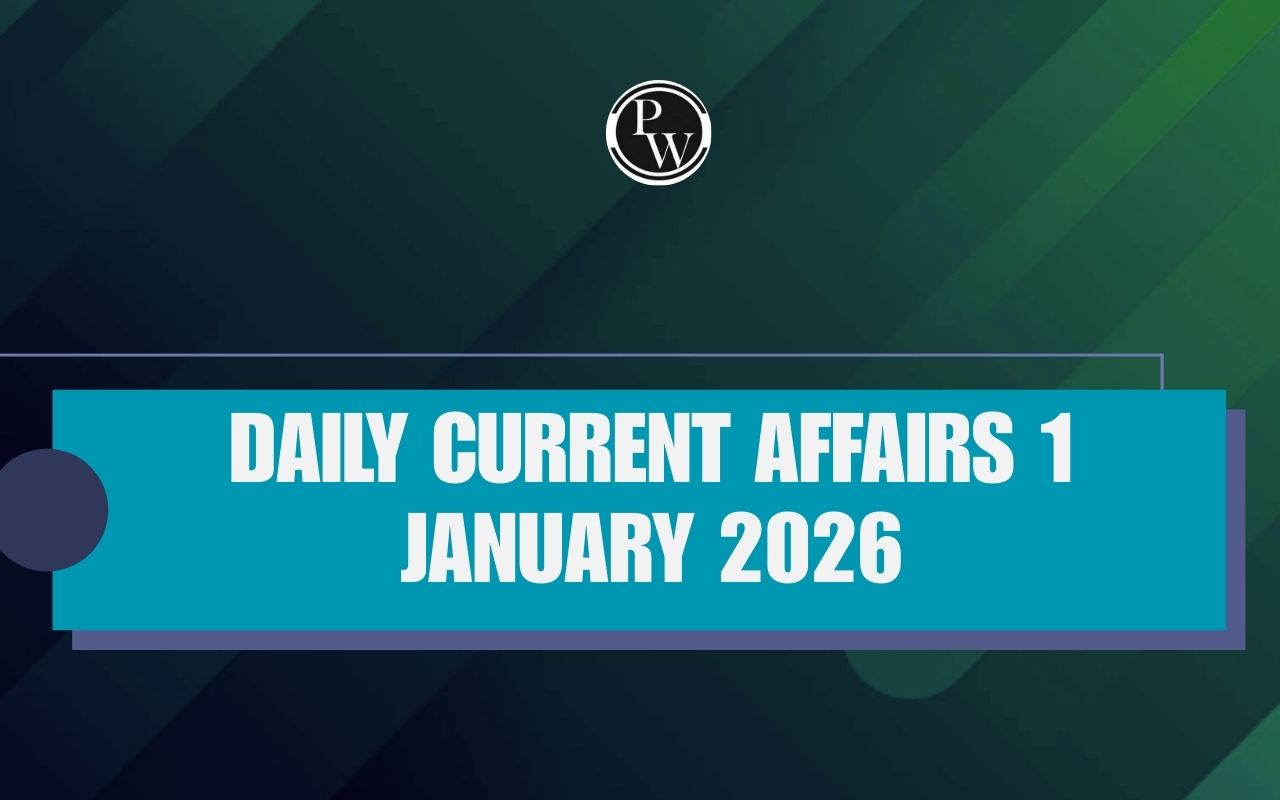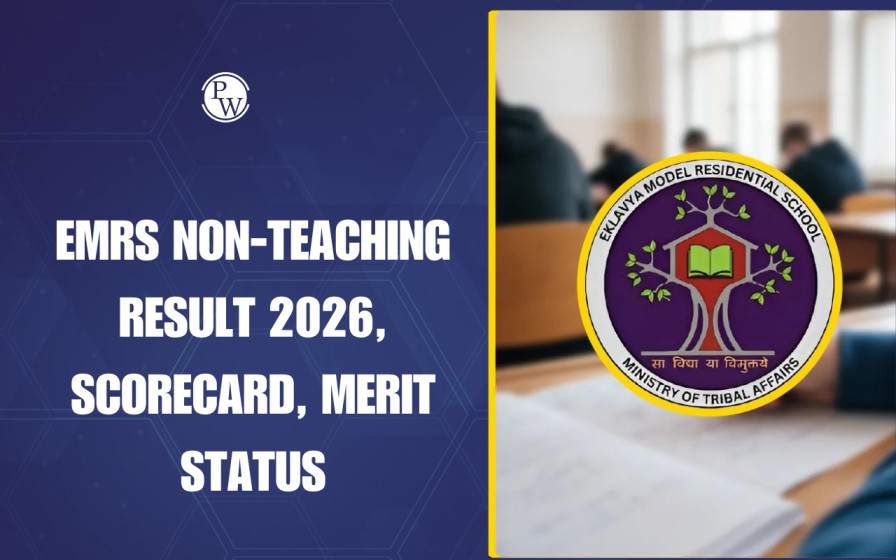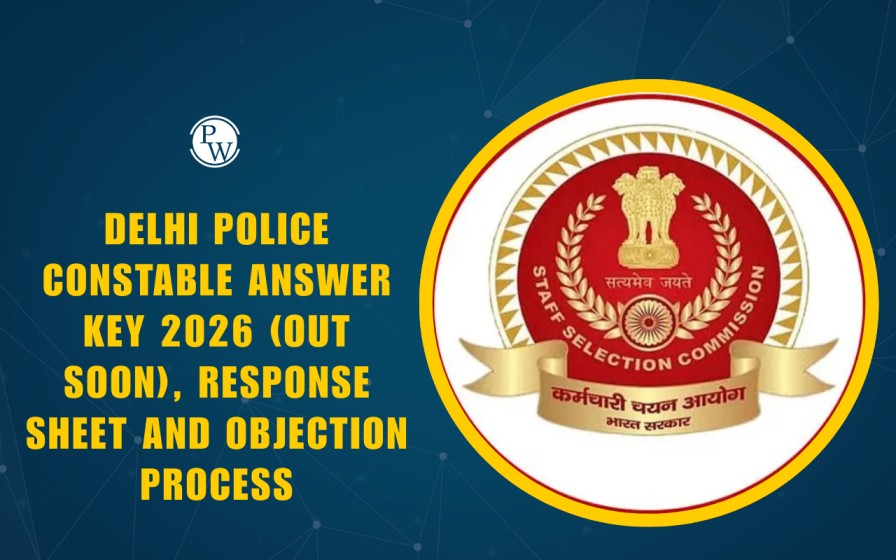
SSC Maths Syllabus 2025: Mathematics is among the most important subjects in all SSC exams. The SSC Maths Syllabus 2025 has been designed to test a candidate’s problem-solving ability, accuracy, and speed under pressure. A strong understanding of mathematical concepts not only helps in scoring high in the exam but also improves your overall rank. Check the updated and detailed SSC Maths Syllabus 2025 for major SSC exams divided into different tiers, highlighting the most important topics and providing tips to prepare effectively.
SSC Maths Syllabus 2025
The SSC Maths Syllabus 2025 is officially a part of the Quantitative Aptitude section. It plays a crucial role in several major SSC exams, including the following exams. Mathematics questions are usually multiple-choice based and come with negative marking for wrong answers. Therefore, preparing this section is essential for scoring better.
- SSC Combined Graduate Level (CGL)
- SSC Combined Higher Secondary Level (CHSL)
- SSC Multi-Tasking Staff (MTS)
- SSC Constable (GD)
- SSC Central Police Organization (CPO)
Tier wise SSC Maths Syllabus 2025
The SSC Maths syllabus differs slightly in Tier 1 and Tier 2 exams. Below is a detailed explanation of what topics you can expect in each tier.
SSC Maths Syllabus 2025 for Tier 1
The Tier 1 exam includes basic-level questions from fundamental math topics. Tier 1 questions are designed to test your primary knowledge and calculation skills.
Number System
This includes concepts like integers, whole numbers, fractions, and decimals. Candidates must understand place value, divisibility rules, and basic operations (addition, subtraction, multiplication, and division).
Simplification
Simplification tests ability to solve expressions involving brackets, the BODMAS rule, surds, indices, and roots. Accuracy and speed are essential here.
HCF and LCM
Questions related to the highest common factor (HCF) and lowest common multiple (LCM) are frequently asked. Understanding their practical application is essential for problem-solving in real-time situations.
Ratio and Proportion
This topic forms the basis for many other concepts. Candidates must understand how quantities relate to each other and solve problems involving direct and inverse proportions.
Percentage
A core topic in Tier 1 that forms the foundation for many other chapters, like profit and loss, interest, and data interpretation.
Average
Questions test your ability to calculate the mean of numbers and apply the concept in various scenarios.
Profit and Loss
You must understand how to calculate cost price, selling price, profit percentage, and loss percentage.
Simple Interest and Compound Interest
These questions involve formula-based calculations. Candidates must differentiate between simple and compound interest and understand how they grow over time.
Time and Work
It includes questions on how long a person or a group will take to complete a task individually or together.
Time, Speed, and Distance
This topic includes problems on trains, boats, and streams, relative speed, and unit conversion.
Partnership
Candidates should know how to divide profit or loss among partners based on their investment and time.
Mixture and Alligation
This involves calculating the concentration or value of a mixture based on given ratios.
Algebra
Includes basic algebraic identities, linear equations in one or two variables, and their application in solving simple equations.
Geometry
Covers the basic properties of triangles, circles, polygons, quadrilaterals, and their associated theorems.
Mensuration
Tests the ability to calculate area, perimeter, and volume of 2D and 3D figures like cubes, cuboids, cones, spheres, and cylinders.
Trigonometry
Includes simple problems based on basic trigonometric ratios and angles, especially in the context of heights and distances.
Data Interpretation
You will find questions in the form of tables, bar graphs, line graphs, and pie charts where you must calculate percentage changes and analyze data patterns.
SSC Maths Syllabus 2025 for Tier 2
The Tier 2 exam is more advanced and is applicable mainly for exams like SSC CGL and SSC CHSL. Questions in Tier 2 include deeper applications of concepts and lengthy numerical problems.
- Advanced Arithmetic
- Higher-level Algebra
- Detailed Geometry & Mensuration
- Range of Trigonometric Problems
- Complex Data Interpretation & Data Sufficiency
Exam wise SSC Maths Syllabus 2025
The SSC Maths Syllabus 2025 includes Arithmetic, Algebra, Geometry, Mensuration, Trigonometry, Data Interpretation, and Number System, varying slightly across exams like CGL, CHSL, MTS, and GD. Check details below for some major SSC Exams:
SSC CGL Maths Syllabus 2025
The SSC CGL Maths syllabus is divided into Tier 1 and Tier 2. SSC CGL Tier 1 is qualifying in nature, and Tier 2 holds sole weightage in the final selection. Below is the syllabus for SSC CGL Maths 2025 for both Tier 1 & Tier 2:
|
SSC CGL Maths Syllabus 2025 |
|
|
Tier 1 |
Fractions, Relationships Between Numbers, Whole Numbers, Decimals, Percentage, Ratio & Proportion, Square Roots, Averages, Partnership Business, Mixture and Alligation, Interest, Profit and Loss, Discount, Time and Distance, Time & Work, Basic Algebraic Identities of School Algebra, Elementary Surds, Graphs of Linear Equations, Triangle and Its Various Kinds of Centres, Congruence and Similarity of Triangles, Regular Polygons, Circle, Right Prism, Right Circular Cone, Right Circular Cylinder, Triangle, Quadrilaterals, Sphere, Hemispheres, Rectangular Parallelepiped, Regular Right Pyramid with Triangular or Square Base, Trigonometric Ratio, Degree and Radian Measures, Standard Identities, Complementary Angles, Heights and Distances, Histogram, Frequency Polygon, Bar Diagram, Pie Chart, Circle and Its Chords, Tangents, Angles Subtended by Chords of a Circle, Common Tangents to Two or More Circles, |
|
Tier 2 |
|
SSC CHSL Maths Syllabus 2025
SSC CHSL exam includes Maths in both Tier 1 and Tier 2 of the exam. It mainly focuses on testing basic arithmetic and numerical ability of the candidates. Below is the syllabus for SSC CHSL Maths 2025:
|
SSC CHSL Maths Syllabus 2025 |
|
|
Tier 1 |
|
|
Tier 2 |
|
SSC MTS Maths Syllabus 2025
The SSC MTS exam contains a simpler version of the Quantitative Aptitude syllabus. Below is the syllabus for SSC MTS Maths 2025:
|
SSC MTS Maths Syllabus 2025 |
|
|
Paper 1 |
Integers, Whole Numbers, LCM and HCF, Decimals and Fractions, Relationship between Numbers, Fundamental Arithmetic Operations, BODMAS, Percentage, Ratio and Proportion, Work and Time, Direct and Inverse Proportion, Averages, Simple Interest, Profit and Loss, Discount, Area and Perimeter of Basic Geometric Figures, Distance and Time, Lines and Angles, Interpretation of Simple Graphs and Data, and Square and Square Roots. |
SSC CPO Maths Syllabus 2025
The SSC CPO exam includes Maths in Paper 1. Paper 1 includes Quantitative Aptitude with a focus on arithmetic and problem-solving ability required in police services. Below is the syllabus for SSC CPO Maths 2025 (Paper 1):
|
SSC CPO Maths Syllabus 2025 |
|
|
Paper 1 |
Computation of Whole Numbers, Decimals, Fractions, Relationships Between Numbers, Percentage, Ratio and Proportion, Square Roots, Averages, Interest, Profit and Loss, Discount, Partnership Business, Mixture and Alligation, Time and Distance, Time and Work, Basic Algebraic Identities, Elementary Surds, Graphs of Linear Equations, Right Circular Cone, Right Circular Cylinder, Sphere, Hemispheres, Triangle and its Various Centres, Congruence and Similarity of Triangles, Circle and its Chords, Tangents, Angles Subtended by Chords, Regular Right Pyramid with Triangular or Square Base, Common Tangents to Circles, Quadrilaterals, Regular Polygons, Right Prism, Rectangular Parallelepiped, Trigonometric Ratio, Degree and Radian Measures, Heights and Distances, Histogram, Frequency Polygon, Bar Diagram, Standard Identities, Complementary Angles, and Pie Chart. |
Important Topics in SSC Maths Syllabus 2025
Mathematics plays a crucial role in SSC exams. The SSC Maths Syllabus 2025 is designed to test a candidate's numerical ability, problem-solving skills, and understanding of core mathematical concepts. Questions are based on topics from school-level mathematics, ranging from basic arithmetic to advanced geometry and trigonometry. Below are some of the most important topics from the SSC Maths Syllabus 2025 that candidates must focus on for high scoring in the exam:
- Number System & Simplification
- Percentage, Profit & Loss, Discount
- Ratio, Proportion, and Partnership
- Time, Speed & Distance, and Time & Work
- Algebra
- Geometry
- Mensuration
- Trigonometry
- Data Interpretation & Statistics
- Average and Mixture Alligation
Preparation Tips for SSC Maths Syllabus 2025
To complete the entire syllabus effectively, aspirants should follow a structured preparation strategy. Below are key tips to improve performance in this section:
Build Conceptual Clarity
Understand the logic behind every formula and avoid rote learning. Focus on why a method works rather than how to use it.
Practice Regularly
Consistent practice builds speed and reduces silly mistakes. Try solving at least 30–40 questions per day from different topics.
Analyze Previous Year Papers
Practicing previous year papers helps you understand the recurring question types and exam trends. Identify your weak areas and work on them.
Take Online Mock Tests
Mock tests simulate the real exam environment. They help improve time management and assess your accuracy under pressure.
Revise Formulas Frequently
Maintain a separate notebook for all important formulas and tricks. Revise them every week to keep them fresh in your memory.
Importance of SSC Maths Syllabus 2025 in Exams
Understanding and preparing the SSC Maths Syllabus 2025 is not just about clearing a section. It can determine your overall rank. Important benefits of preparing for SSC Maths include:
- It is one of the highest-scoring sections in the SSC exams.
- Unlike General Awareness, which is based on memory, Maths rewards logic and consistent practice.
- A strong performance in Maths can compensate for weaker sections and increase the final merit score.
PW provides SSC exam content, including SSC Exam Blogs, sample papers, mock tests, guidance sessions, and more. Also, enroll today on SSC Online Coaching for preparation.
SSC Maths Syllabus 2025 FAQs
What are the main topics in SSC Maths Syllabus 2025?
Is Trigonometry included in SSC exams?
How important is Mensuration in SSC exams?
What level of Maths is asked in SSC exams?

